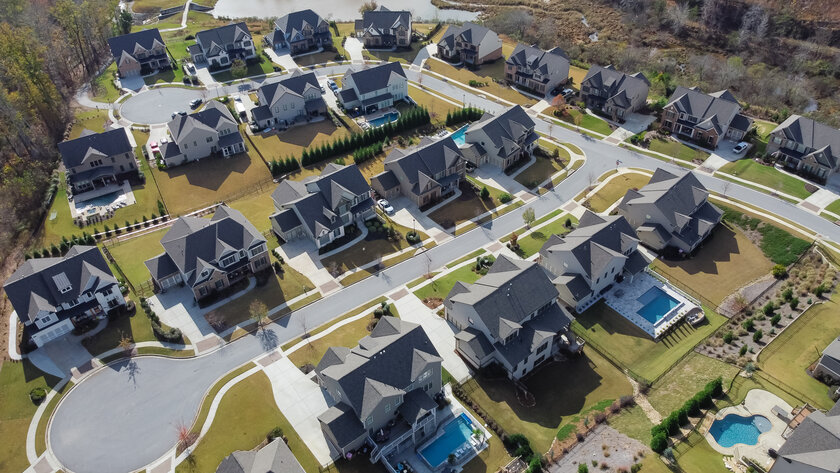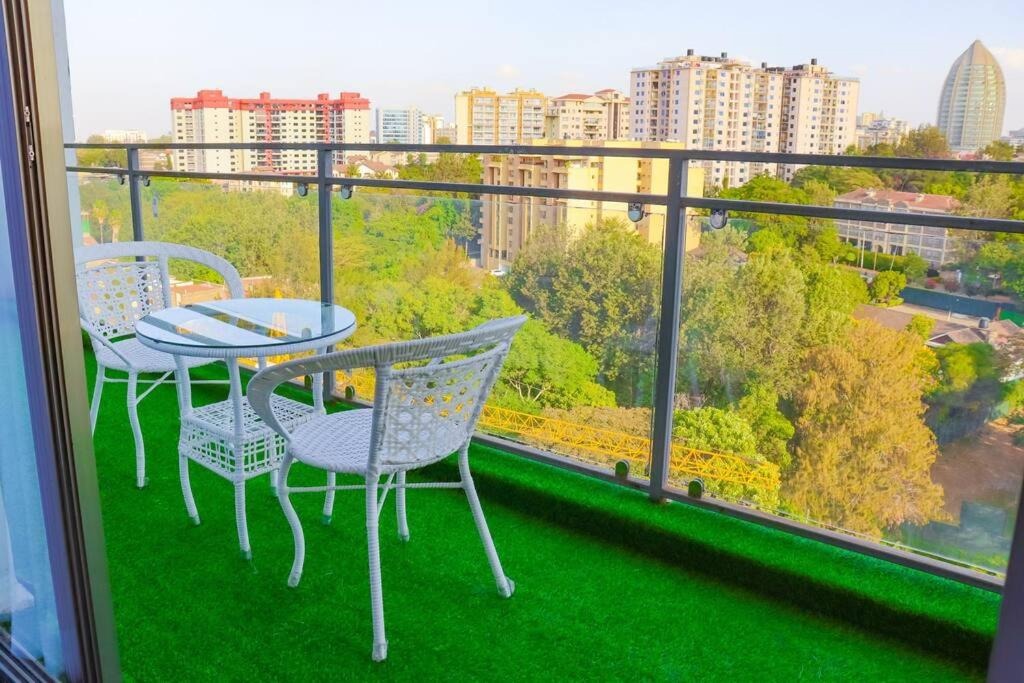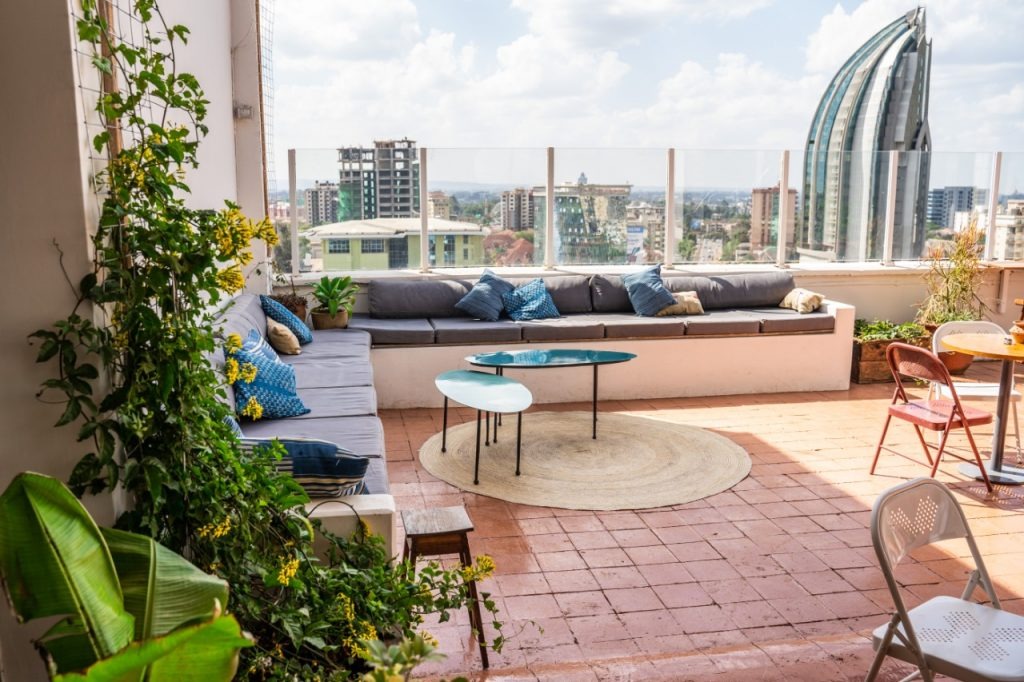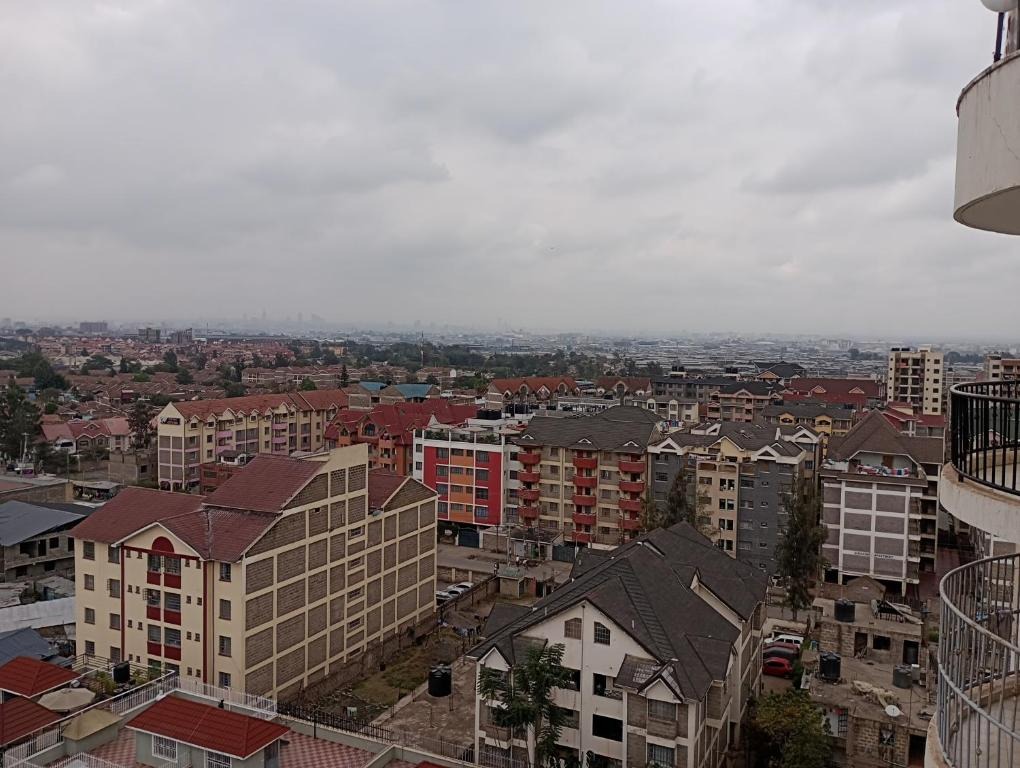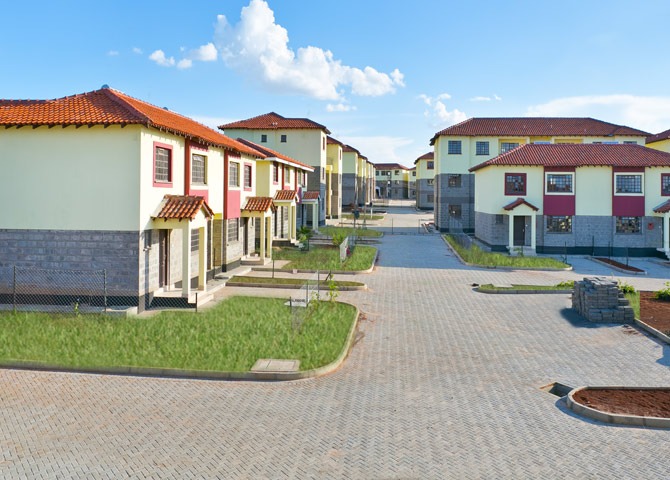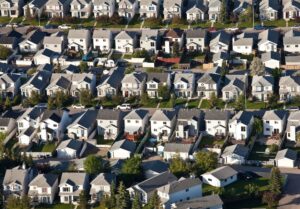
Urbanization is one of the defining demographic trends of the 21st century, with profound implications for land values and property prices. As populations concentrate in urban centers, the demand for land and real estate escalates, driving up prices and reshaping urban landscapes. This article explores the key urbanization trends and their impacts on land values and property prices, shedding light on the dynamics shaping our cities.
Rapid Urbanization: A Global Phenomenon
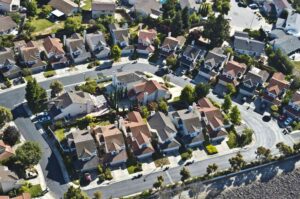
Rapid urbanization is a global phenomenon, fueled by factors such as population growth, rural-to-urban migration, and economic development. Cities serve as hubs of opportunity, attracting individuals seeking employment, education, and a higher standard of living. This influx of people puts pressure on land resources, leading to increased competition and rising prices.
In emerging economies, urbanization is occurring at an unprecedented pace. Cities in Asia, Africa, and Latin America are experiencing explosive population growth, straining infrastructure and housing markets. This rapid urban expansion creates challenges for city planners and policymakers, who must balance growth with sustainability and inclusivity.
Land Values: The Backbone of Real Estate
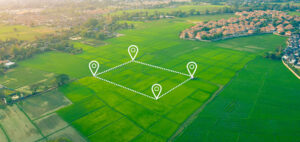
Land values form the backbone of real estate markets, influencing property prices and investment decisions. As urbanization intensifies, land becomes scarcer and more valuable, particularly in prime locations. Land scarcity drives up competition among developers, investors, and homeowners, leading to bidding wars and escalating prices.
The concept of “location, location, location” rings true in urban areas, where proximity to amenities, employment centers, and transportation hubs greatly influences land values. Neighborhoods with desirable features, such as waterfront views, historic architecture, or vibrant cultural scenes, command premium prices. Conversely, areas with limited access to services or plagued by environmental hazards may experience depressed land values.
Property Prices: A Reflection of Urban Dynamics
Property prices are intricately linked to land values and urban dynamics. In booming cities, such as New York, London, and Tokyo, property prices soar as demand outpaces supply. High-rise condominiums, luxury apartments, and mixed-use developments proliferate, catering to affluent buyers and investors seeking prime real estate.
The effects of urbanization on property prices are not uniform across all segments of the market. While luxury properties may command exorbitant prices, affordable housing remains a pressing issue in many urban areas. Low-income residents often face displacement as gentrification drives up property values and rents, exacerbating housing affordability crises.
Gentrification: The Double-Edged Sword
Gentrification, the process of urban renewal and revitalization, is both a consequence and a driver of urbanization. It involves the influx of affluent residents into previously neglected neighborhoods, leading to rising property values, improved amenities, and cultural transformation. While gentrification can revitalize communities and spur economic growth, it also raises concerns about displacement and social inequality.
In gentrifying neighborhoods, property prices skyrocket as demand surges, attracting investors and developers eager to capitalize on the trend. However, this upward trajectory may come at the expense of long-time residents, who face rising rents and property taxes, ultimately forcing them out of their homes.
Sustainable Urban Development: Balancing Growth and Livability
Sustainable urban development is essential for addressing the challenges posed by rapid urbanization while ensuring livable, equitable cities for all. Smart growth strategies, such as mixed-use zoning, transit-oriented development, and green infrastructure, promote compact, walkable neighborhoods that minimize sprawl and preserve open space.
Investments in affordable housing, public transportation, and social infrastructure are critical for mitigating the negative impacts of urbanization, such as housing unaffordability and traffic congestion. By prioritizing inclusive, sustainable development practices, cities can harness the benefits of urbanization while mitigating its adverse effects on land values and property prices.
Conclusion: Navigating the Urban Landscape
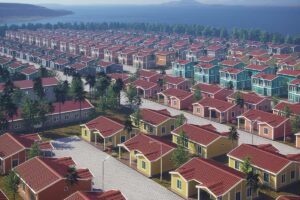
Urbanization is reshaping the world’s cities, driving up land values and property prices in the process. As populations continue to flock to urban centers, the demand for real estate will only intensify, presenting both challenges and opportunities for stakeholders.
In this dynamic urban landscape, understanding the interplay between urbanization trends, land values, and property prices is essential for making informed decisions about investments, development projects, and urban planning initiatives. By embracing sustainable, inclusive approaches to urban development, cities can thrive in the face of rapid urbanization while fostering equitable, resilient communities for generations to come.

